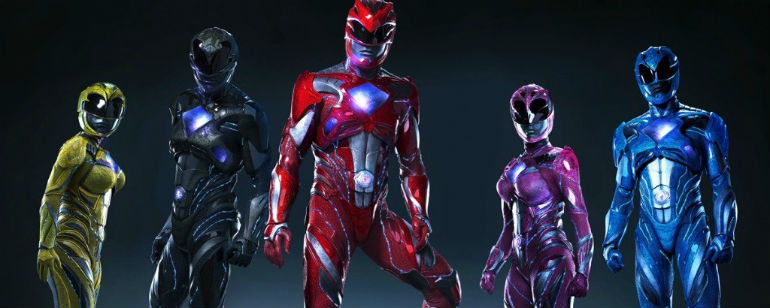This isn’t just another review of the new Power Ranger movie, released last March. This article is about the new blue ranger and his representation of an underrepresented and often misunderstood community. A large part of the media displays people with autism spectrum disorder (ASD) as strange, and as loners. Films often depict ASD as a group to feel sorry for, spreading the narrative that they can never fit into society. Whether films mean to or not, this depiction spreads a negative image that sets the tone for how the real world deals with ASD. Over the last few years, conversations have taken place with how to change this negative image, and correctly represent one of the fast growing communities in the world. 1 in every 68 children born are diagnosed with ASD, which is a 23 percent increase from the Centers for Disease Control and Prevention’s (CDC) previous estimated 1 in 110 children.
In a talk with Screen Rant, RJ Cyler gave an exclusive interview of how he brought the blue ranger to life and handled the various aspects of playing a character with ASD.
“I actually sat down and shut my mouth and actually just listened and you know, accepted every bit of information with no judgment,” he tells Screen Rant, “I knew that it was my job to show, you know, that people that are on the spectrum are just regular people.” He goes on to say, “they have the same emotions, they want to be loved, they want people to love, they want relationships they want, you know, connections.”
It is clear that Lions Gate, the makers of the new Power Ranger movie, is taking steps to destigmatize ASD. Following in their footsteps, the popular educational children show Sesame Street has announced the addition of a new character on the spectrum. Julia will debut during autism awareness month. Sherrie Westin, Sesame Workshop’s executive vice president of global social impact and philanthropy, told Community Journal, “Our goal was to try to help destigmatize autism and increase awareness, understanding and empathy.”
In both instances, with both Lions Gate and Sesame Street, they emphasize the difficulty of representing ASD. As the word ‘spectrum’ suggests, there are varying degrees of autism meaning to create a cookie cutter autistic character would do injustice to the ASD community. To circumvent this issue, the two studios visited and talked extensively with experts to try to develop their characters as colorful as the people they’re representing. As ASD gains more awareness, it is with great hope that larger conversations take place in how to create a better environment of understanding for all.
